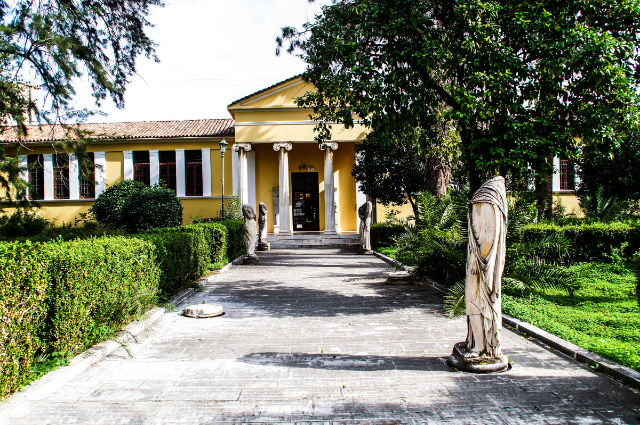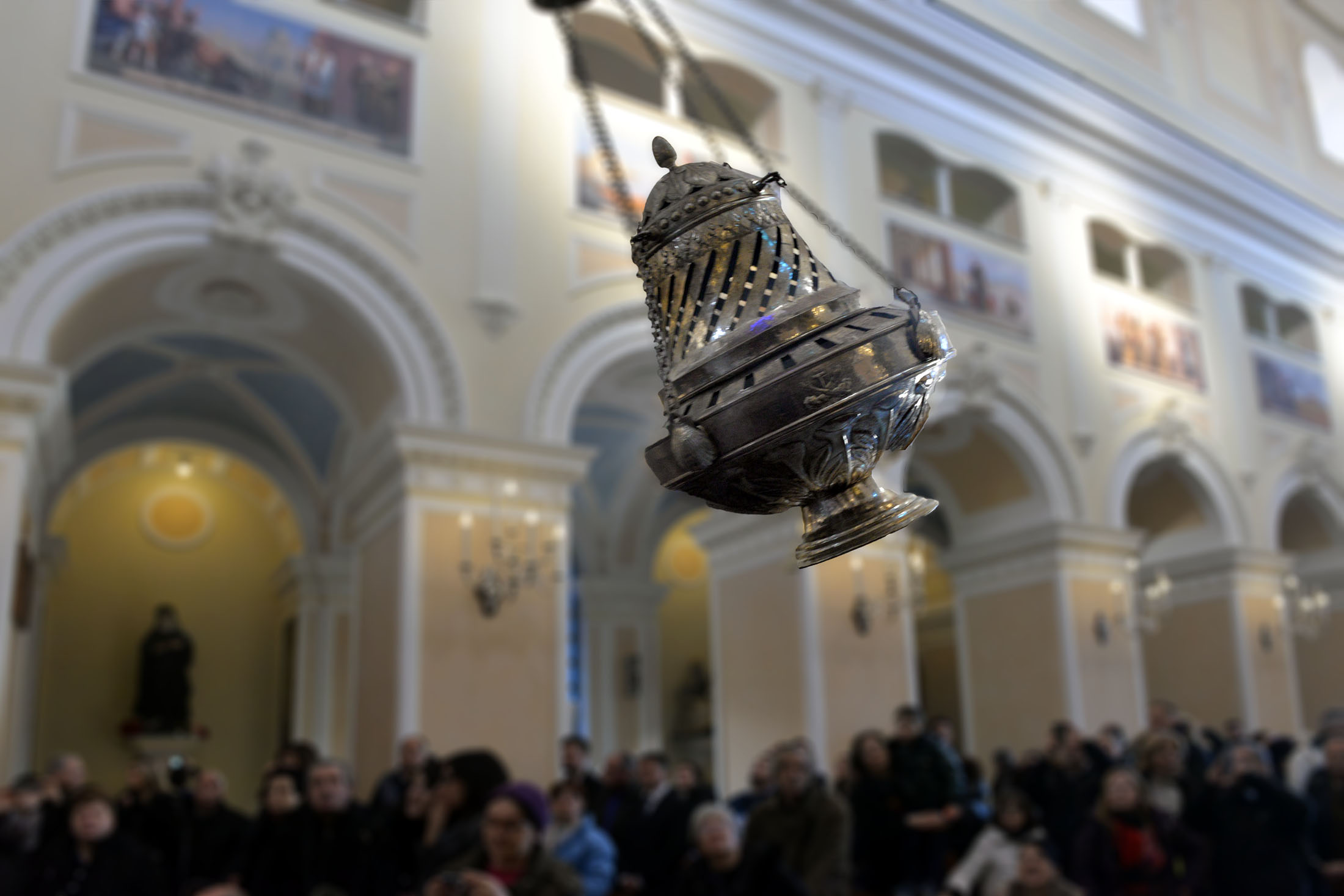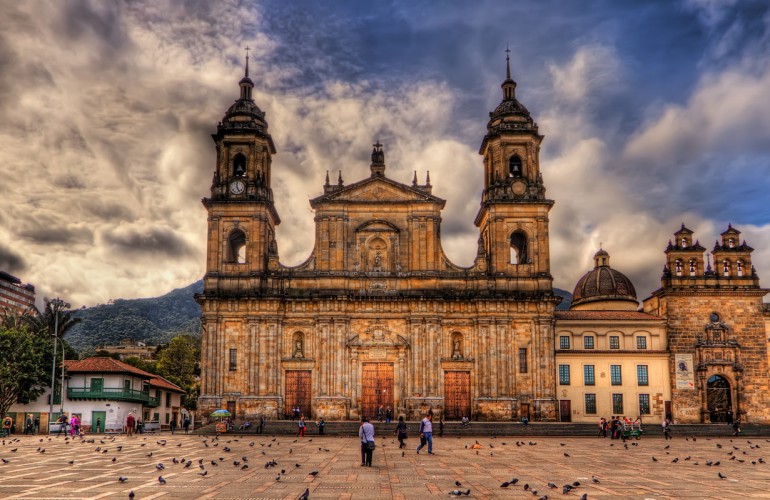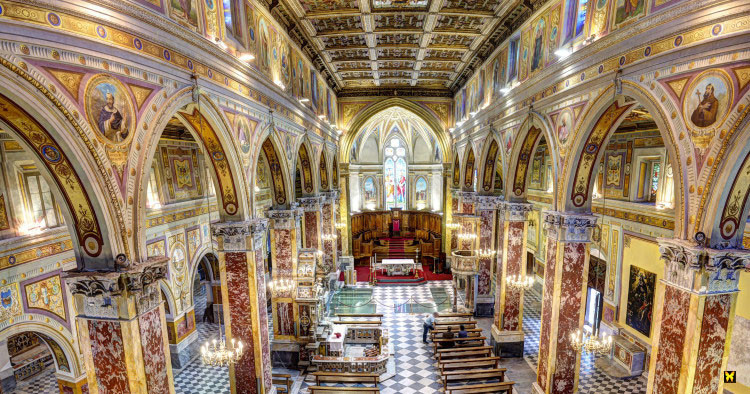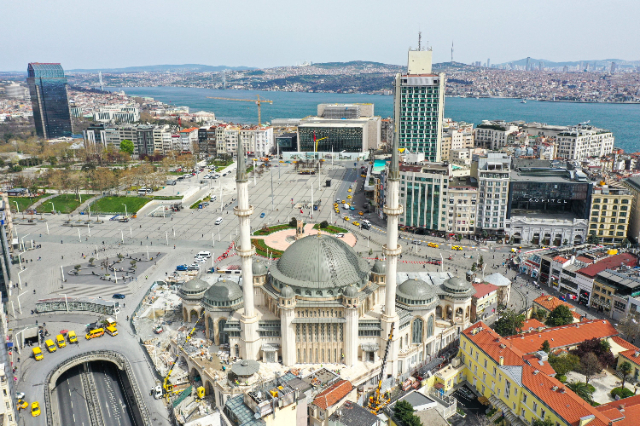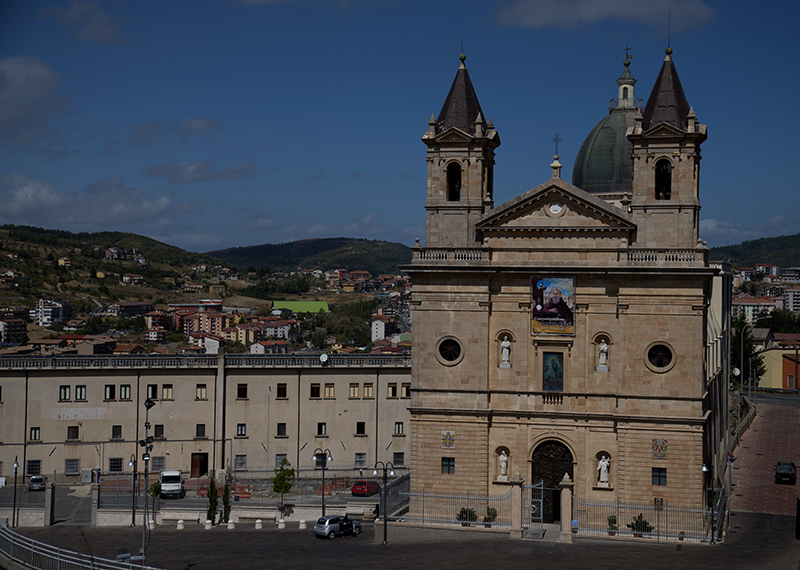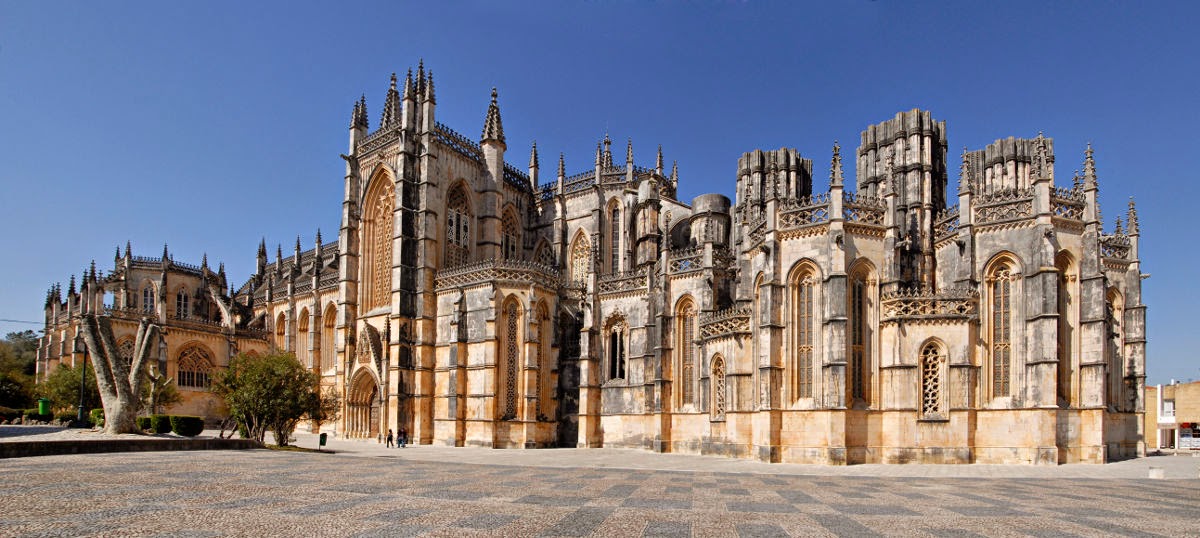The Archaeological Museum of Sparta is located in Sparta, Laconia, in the Peloponnese region of Greece. It is one of the oldest museums in the country, founded in the early 20th century. The museum is housed in a neoclassical building and offers visitors a glimpse into the rich history and cultural heritage of Sparta and the broader Laconia region.
Collections
The museum features a wide range of artifacts, including:
-
Prehistoric Artifacts: Items from the Neolithic, Bronze Age, and Mycenaean periods, such as pottery, tools, and weapons.
-
Archaic and Classical Sculptures: Various sculptures, including statues, reliefs, and busts that showcase the artistry and craftsmanship of ancient sculptors.
-
Roman Period: A collection of Roman statues, inscriptions, and other artifacts that give insights into the Roman era in Sparta.
-
Coins and Inscriptions: A significant collection of ancient coins and stone inscriptions, which provide valuable historical information.
-
Ceramics and Pottery: Ancient ceramics and pottery, which were a significant part of daily life in ancient Greece, are also well-represented.
Notable Exhibits in the Archaeological Museum of Sparta
The Archaeological Museum of Sparta houses a variety of significant artifacts that tell the story of this iconic city-state and the surrounding region. While the exact contents can vary over time due to loans, renovations, or new discoveries, some of the standout pieces often include:
The Statue of Leonidas
Arguably the most famous exhibit, this life-sized statue represents King Leonidas, who led the 300 Spartans against the Persian army at the Battle of Thermopylae in 480 BC. The statue captures the martial spirit of Sparta and serves as a symbol of courage and sacrifice.
Collection of Archaic Columns
The museum showcases a collection of archaic columns from various temples around Laconia. These columns provide insights into the architectural styles and religious practices of the time.
Roman Emperors’ Portraits
The museum has a selection of marble busts and statues of Roman emperors, reflecting the period when Sparta was a part of the Roman Empire. These include portraits of Augustus and Claudius, among others.
“Nekrodeipna” Reliefs
These are funerary reliefs depicting scenes of funeral banquets (“nekrodeipna” in Greek). They offer a unique look into the customs and beliefs surrounding death in ancient Sparta.
Pottery Collection
An extensive range of pottery from various periods, including the 9th century BC to the 2nd century BC, is displayed. These include both functional and decorative pieces and help to paint a picture of daily life in ancient Sparta.
Large Marble Sarcophagus
One of the most intricate pieces is a large marble sarcophagus from the second half of the 6th century BC. Its detailed carvings and inscriptions provide valuable historical context.
The Coins and Inscriptions
The museum also has a remarkable collection of ancient coins and inscriptions. These not only served as currency but also as a medium for art and propaganda. Some coins feature the images of notable Spartan kings and gods, providing a glimpse into the political and religious life of the era.
Visitors to the Archaeological Museum of Sparta are treated to an in-depth look at the city’s history, art, and culture, making it a must-visit for anyone interested in ancient Greece.

